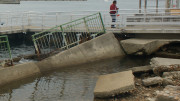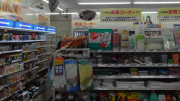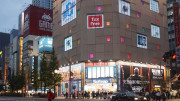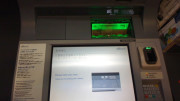There are a few things you may want to know when travelling to Japan, especially if you intend to take some of your electronic gadgets, or even if you intend to bring back some of the latest in electronics that can be found all around Japan’s high tech districts.
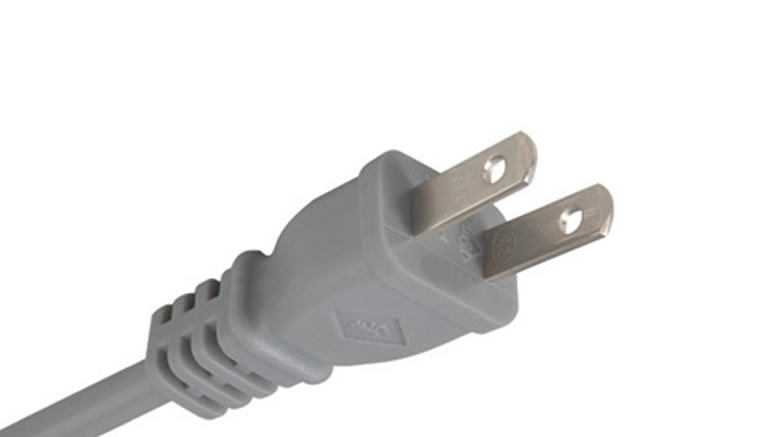
The Japanese electrical plug and socket look extremely similar to the US plug and socket with two parallel flat pins. Slight differences in design may mean a US plug will be a tight fit in a Japanese socket, but many of the travel adaptors available cater for such differences in manufacture tolerances.
Japan’s power standard is 100 to 127 volts at 60hz, which is the same as North America. If you are from areas of the world that use 240v at 50hz equipment, you need to check the product label of the equipment to see its operating parameters. Some electric shavers and hair dryers can be switched to 110v, just don’t forget to switch them back when you get back home.
Many new cameras and laptops use a compact power supply known as a switch mode supply that can accept a wide range of voltages without the need to flick a switch, again check the label on the power supply itself. One thing to be aware of too is if you are thinking of buying one of the thousands of radios or stereos you can chose from in Japan, you should confirm it will work when you get it home.
While power may not be too much of a problem if you are from a country that uses 110v power or if you are buying battery operated equipment, the crucial problem may be with the FM radio. Japan is the only country in the world whose FM band ranges from 76-90 MHz, the rest of the worlds FM band ranges from 87.5-108 MHz. This means if you buy a radio designed for the Japanese market only, it probably won’t be much good when you get it home as you won’t be able to pick up 90% of your favourite stations. Japan has chosen ISDB-Tsb as the standard for their Digital Radio, this system is fairly unique to Japan, so digital radio receivers will be useless in the rest of the world too.
Japan’s analogue TV system was similar to the NTSC system that was used across all of North America, while a video cassette may be playable in an American player, buying a TV, VCR or Game System to take home may present problems due to variances in the NTSC format. Japan switched over to Digital TV in early 2012, the TV system they have chosen is the ISDB system that is similar to what South America uses, although we would not recommend buying a Japanese set top box even if your country uses ISDB, nor is it recommended purchasing DVDs unless you own a world zone DVD player.

